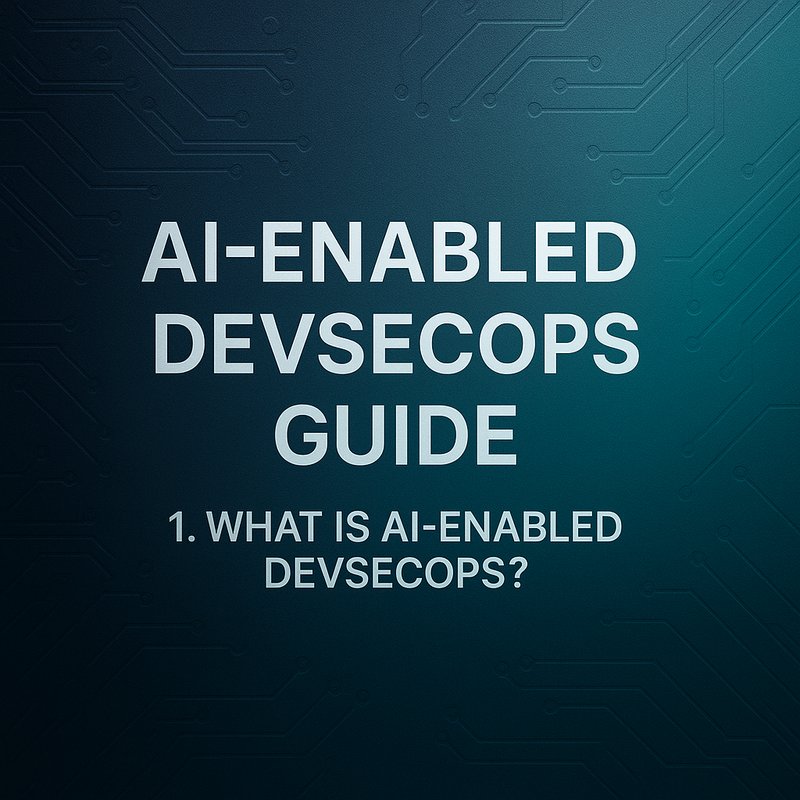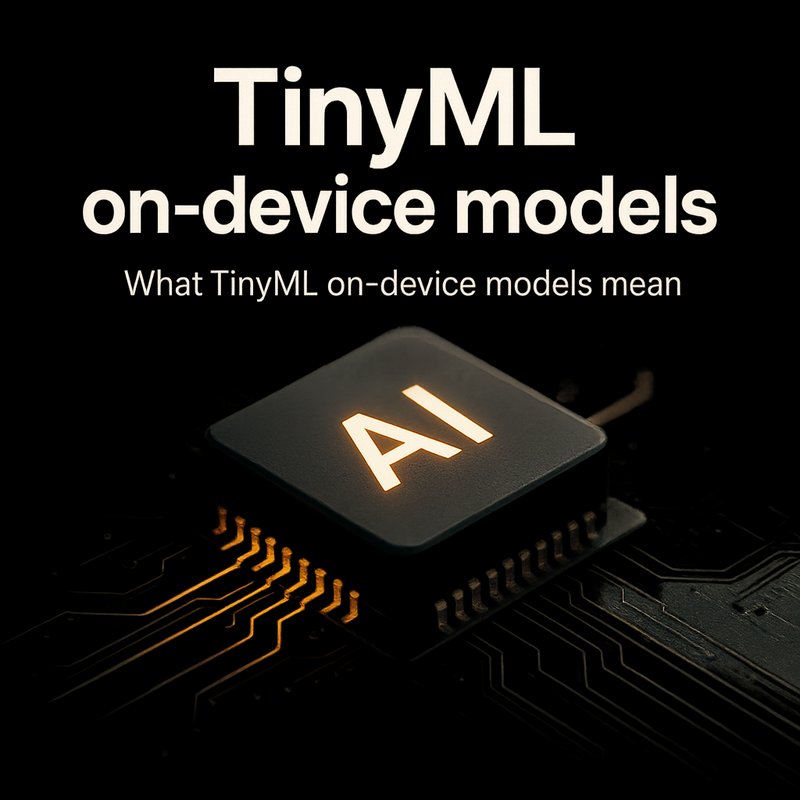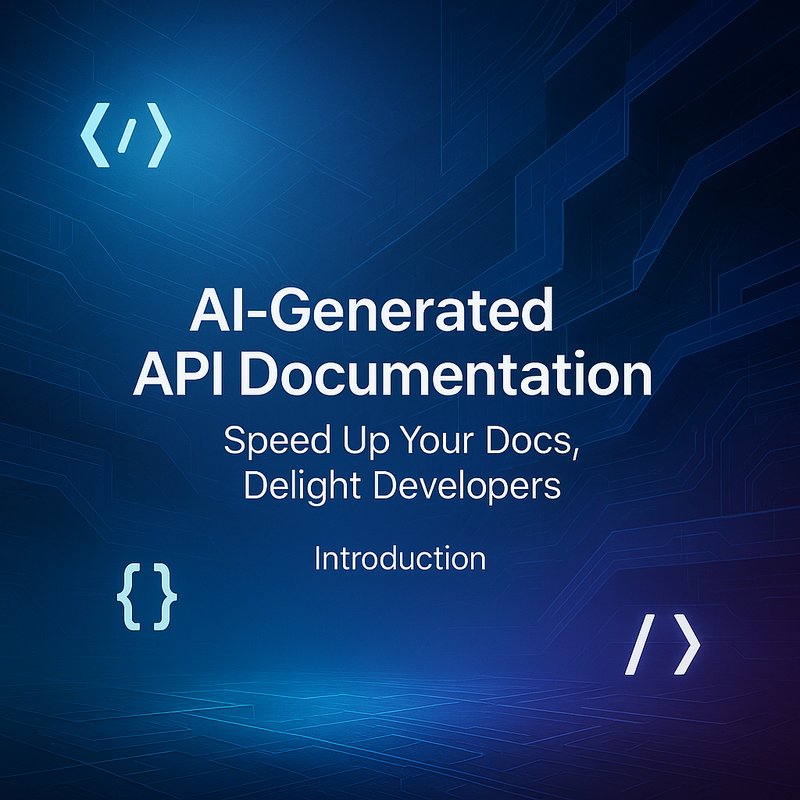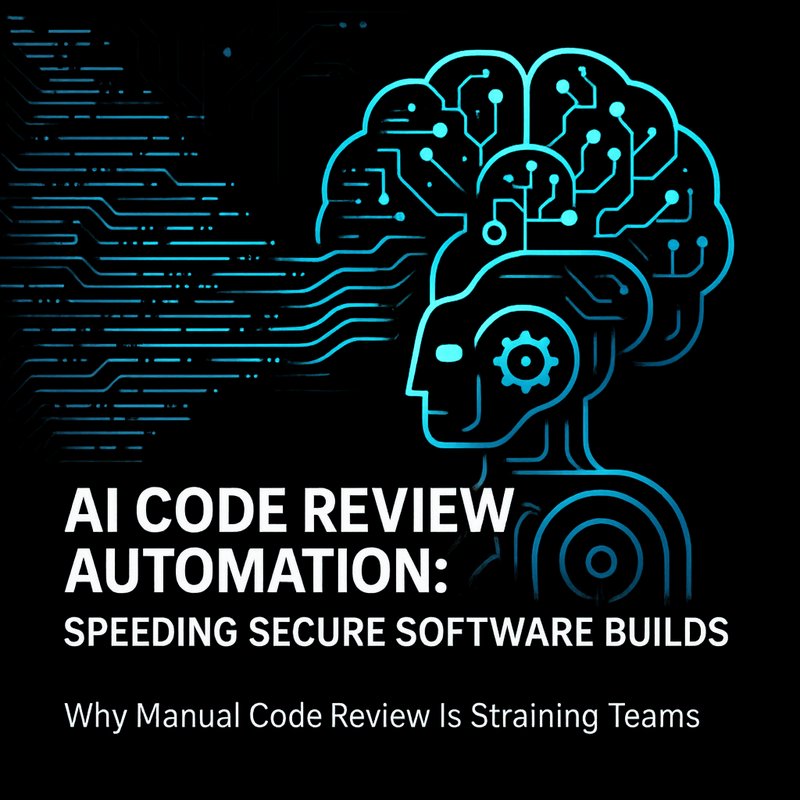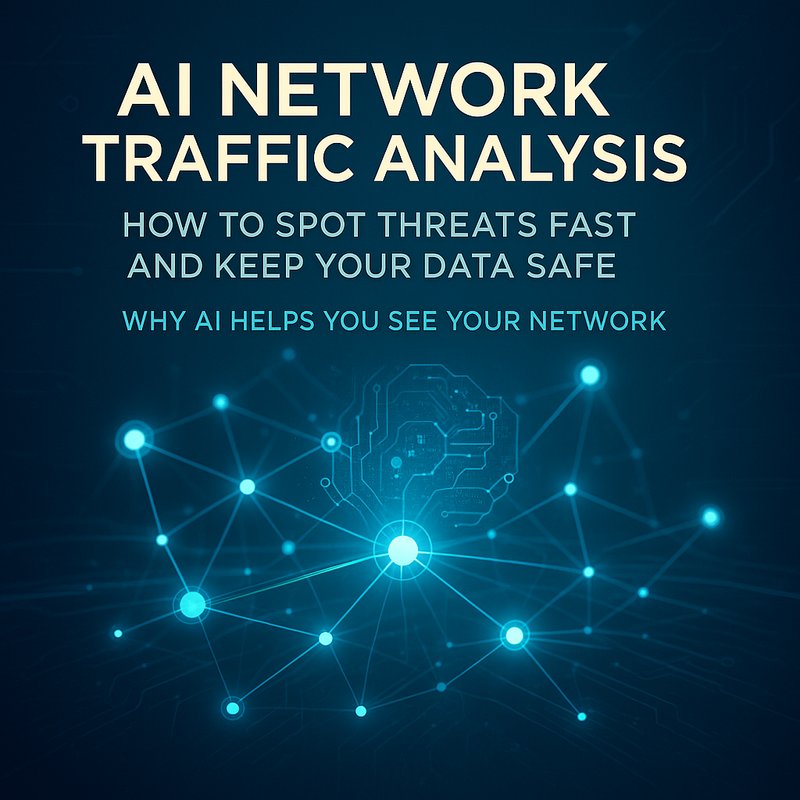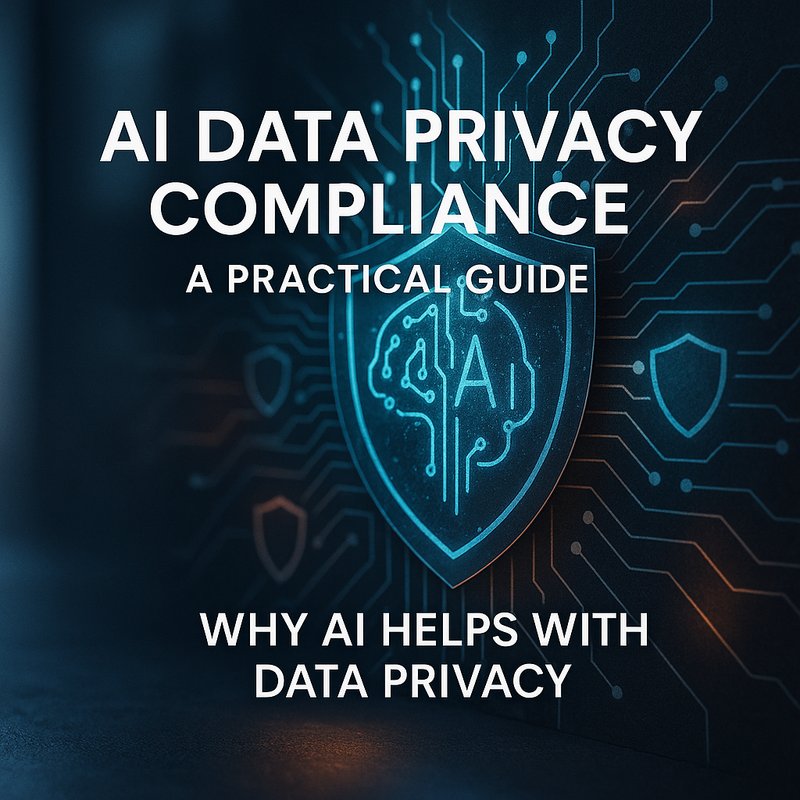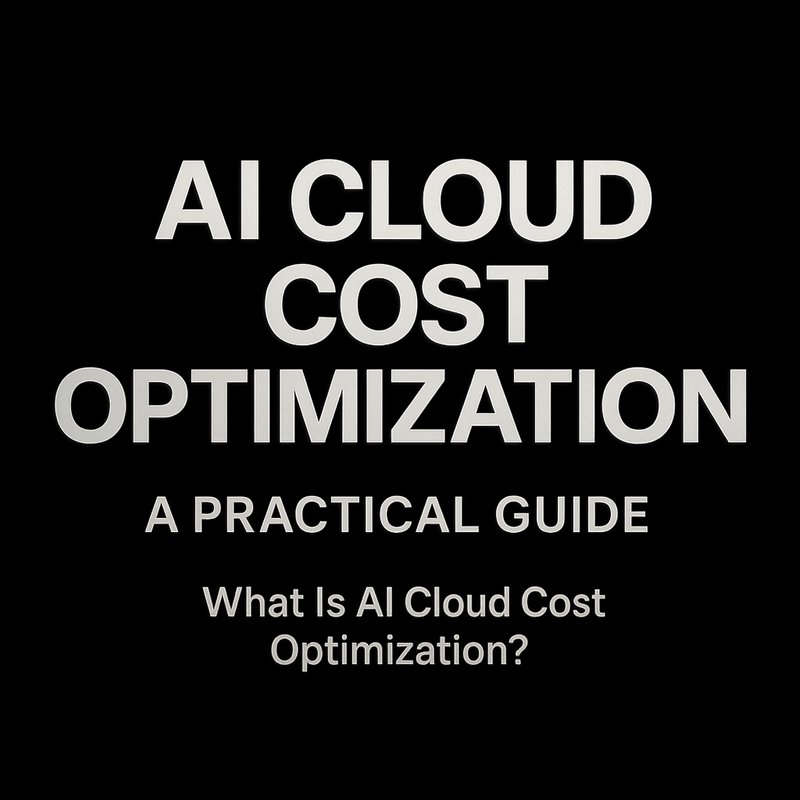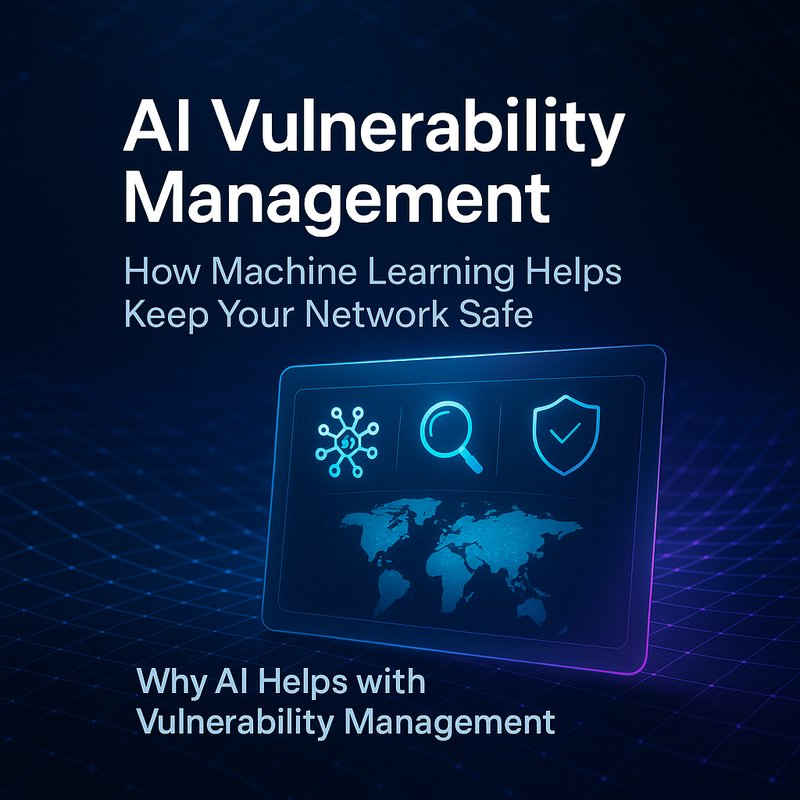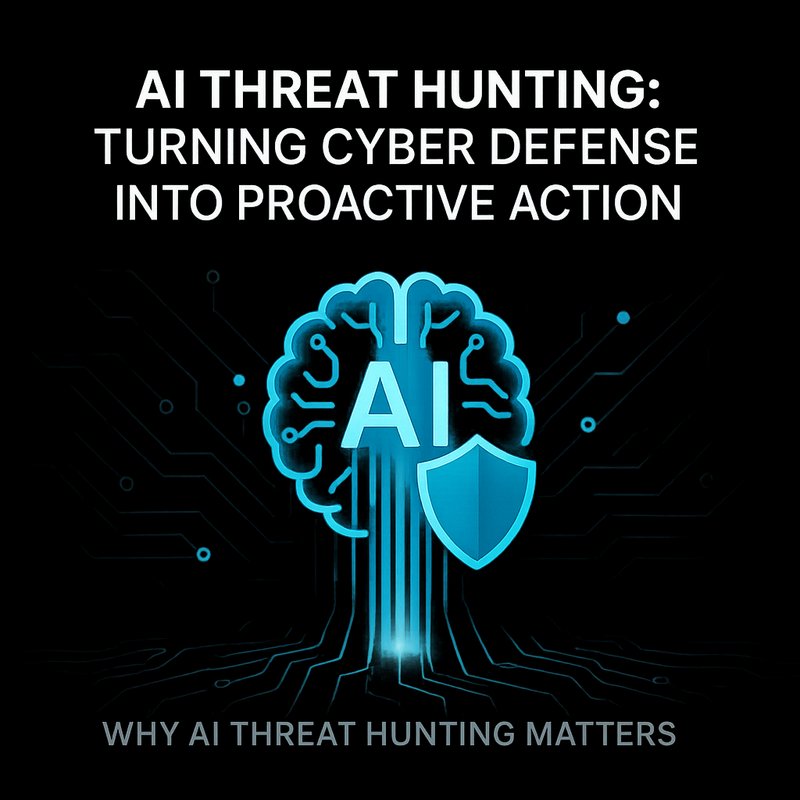In the fast‑moving world of software delivery, security can’t wait for the end of the pipeline.
That’s why AI-Enabled DevSecOps is becoming a must‑have for teams that want to ship code quickly while keeping threats at bay.
This guide walks you through the core concepts, tools, and best practices that make AI‑Enabled DevSecOps work in practice.
You’ll learn how to weave intelligence into every stage of the CI/CD flow, from code analysis to runtime protection, and how to measure success with real metrics.
1. What Is AI-Enabled DevSecOps?
AI-Enabled DevSecOps blends three pillars:
- Development – writing code, unit tests, and feature branches.
- Security – scanning for vulnerabilities, misconfigurations, and policy violations.
- Operations – deploying, monitoring, and maintaining services in production.
The “AI‑Enabled” part means that machine learning models, natural language processing, and automated reasoning help the pipeline spot problems faster and suggest fixes automatically.
Instead of a human security analyst reviewing every pull request, an AI agent can flag issues, recommend patches, and even generate secure code snippets on the fly.
Why It Matters
- Speed – Security checks run in milliseconds, not hours.
- Coverage – AI can analyze code, infrastructure, and runtime data that static tools miss.
- Consistency – Every commit is evaluated the same way, reducing human bias.
- Visibility – Dashboards show risk scores, trend graphs, and remediation status in one place.
2. Building the AI-Enabled DevSecOps Pipeline
Below is a step‑by‑step recipe that you can adapt to any language or cloud provider.
The example uses GitHub Actions, Docker, and a few open‑source AI tools, but the concepts apply broadly.
2.1 Set Up Your Repository
Create a new repo or use an existing one.
Add a .github/workflows/devsecops.yml file that defines the pipeline stages.
name: AI-Enabled DevSecOps
on:
push:
branches: [ main, develop ]
pull_request:
branches: [ main, develop ]
jobs:
security_scan:
runs-on: ubuntu-latest
steps:
- uses: actions/checkout@v3
- name: Run AI Code Analyzer
uses: neuraai/ai-code-analyzer@v1
with:
repo-token: ${{ secrets.GITHUB_TOKEN }}
- name: Upload Findings
uses: actions/upload-artifact@v3
with:
name: security-report
path: ./reports/security.json
The neuraai/ai-code-analyzer action is a placeholder for any AI‑powered static analysis tool.
It can be replaced with a custom script that calls a local model or a cloud API.
2.2 Integrate AI‑Powered Static Analysis
Choose a model that understands your language.
For Python, a fine‑tuned BERT model can detect insecure imports, hard‑coded secrets, and unsafe patterns.
JavaScript, a rule‑based engine combined with a language model can spot XSS CSRF risks.
# ai_code_analyzer.py
import os
import json
from transformers import pipeline
def analyze(file_path):
detector = pipeline("zero-shot-classification",
model="distilbert-base-uncased")
with open(file_path, "r") as f:
code = f.read()
labels = ["injection", "hardcoded secret", "unsafe import"]
result = detector(code, labels)
return result
if __name__ == "__main__":
findings = []
for root, _, files in os.walk("."):
for file in files:
if file.endswith((".py", ".js")):
path = os.path.join(root, file)
findings.append(analyze(path))
with open("reports/security.json", "w") as out:
json.dump(findings, out, indent=2)
The script outputs a JSON report that the CI job uploads.
You can feed this report into a dashboard or a compliance engine.
2.3 Add Infrastructure as Code (IaC) Scanning
IaC files (Terraform, CloudFormation, Pulumi) are another attack surface.
An AI model can learn from past misconfigurations and predict risky patterns.
- name: Run IaC AI Scanner
uses: neuraai/ai-iac-scanner@v1
with:
repo-token: ${{ secrets.GITHUB_TOKEN }}
The scanner returns a risk score and a list of suggested changes.
If the score exceeds a threshold, the pipeline fails automatically.
2.4 Continuous Runtime Protection
Once the code is deployed, AI can monitor logs, metrics, and network traffic to spot anomalies.
A lightweight agent runs on each container, sending data to a central AI engine.
docker run -d --name ai-protector \
-v /var/log:/var/log \
neuraai/ai-runtime-protector:latest
The agent uses unsupervised learning to detect deviations from normal behavior.
When an anomaly is found, it triggers an alert and can automatically roll back the deployment if needed.

2.5 Automate Remediation
AI can suggest or apply fixes.
For example, if a hard‑coded API key is found, the AI can replace it with a reference to a secrets manager.
- name: Auto‑Patch Secrets
uses: neuraai/ai-patcher@v1
with:
repo-token: ${{ secrets.GITHUB_TOKEN }}
The patcher commits the changes back to the repository, creating a new PR that the team reviews.
3. Choosing the Right AI Models
Not every problem needs a deep neural network.
Here’s a quick cheat sheet:
| Problem | Model Type | Example |
|---|---|---|
| Code vulnerability detection | Transformer (BERT, RoBERTa) | Detects SQL injection patterns |
| IaC misconfigurations | Graph neural network | Identifies overly permissive IAM roles |
| Runtime anomaly detection | Auto‑encoder | Flags unusual CPU spikes |
| Policy compliance | Rule‑based + ML | Checks GDPR compliance in data pipelines |
When selecting a model, consider:
- Data availability – Do you have enough labeled examples?
- Inference speed – Edge devices need sub‑second predictions.
- Explainability – Security teams want to know why a rule fired.
- Integration – The model should fit into your CI/CD tooling.
Fine‑Tuning Tips
- Start with a pre‑trained base – It saves time and data.
- Add domain‑specific tokens – For example, “AWS_SECRET_ACCESS_KEY”.
- Use active learning – Let the model flag uncertain cases for human review.
- Validate on a hold‑out set – Avoid overfitting to your repo’s style.
4. Measuring Success
A good AI-Enabled DevSecOps pipeline needs metrics that matter.
| Metric | Why It Matters | How to Measure |
|---|---|---|
| Mean Time to Detect (MTTD) | Speed of threat identification | Time from commit to alert |
| Mean Time to Remediate (MTTR) | Speed of fixing issues | Time from alert to PR merge |
| Security Score | Overall health | Weighted sum of vulnerability severity |
| False Positive Rate | Cost of noise | Ratio of alerts that were not real threats |
| Coverage | How much code is scanned | Percentage of commits that run the AI scan |
Dashboards can be built with Grafana, Kibana, or a custom solution.
Neura ACE can automatically generate a dashboard that pulls data from your CI logs and AI engine.
5. Integrating with Neura Products
Neura AI offers several tools that fit naturally into an AI-Enabled DevSecOps workflow.
- Neura ACE – Automates pipeline creation and content generation.
Link: https://ace.meetneura.ai - Neura Keyguard – Scans front‑end code for exposed keys and misconfigurations.
Link: https://keyguard.meetneura.ai - Neura Artifacto – A chat interface that can answer questions about your security posture.
Link: https://artifacto.meetneura.ai - Neura Router – Connects to over 500 AI models with a single API.
Link: https://router.meetneura.ai
By combining these tools, you can create a seamless flow from code commit to secure deployment.
6. Real‑World Example: FineryMarkets.com
FineryMarkets.com needed to secure its microservices while maintaining rapid release cycles.
They adopted an AI-Enabled DevSecOps pipeline that:
- Ran AI code analysis on every PR.
- Scanned Terraform files for risky IAM roles.
- Monitored runtime metrics with an AI anomaly detector.
- Auto‑patched hard‑coded secrets.
Result:
- MTTD dropped from 4 hours to 15 minutes.
- MTTR fell from 2 days to 30 minutes.
- Security score improved from 65 to 92.
Read the full case study at https://blog.meetneura.ai/#case-studies.
7. Common Pitfalls and How to Avoid Them
| Pitfall | Fix |
|---|---|
| Over‑reliance on AI | Keep a human in the loop for critical decisions. |
| Poor data quality | Use active learning to improve model accuracy. |
| Ignoring false positives | Tune thresholds and add a review step. |
| Slow inference | Optimize models with pruning and quantization. |
| Lack of explainability | Use models that provide feature importance. |
8. Future Directions
- Federated Learning for DevSecOps – Teams can train models on local data without sharing code.
- Explainable AI for Security – Models that output human‑readable explanations for each alert.
- Zero‑Trust CI/CD – AI that verifies every artifact against a policy before deployment.
- AI‑Driven Threat Hunting – Continuous monitoring that learns new attack patterns in real time.
Staying ahead of these trends will keep your security posture robust and your pipeline efficient.
9. Getting Started
- Clone the starter repo:
git clone https://github.com/meetneura/devsecops-template. - Install dependencies:
pip install -r requirements.txt. - Configure secrets: Add
GITHUB_TOKENand any cloud credentials. - Run the pipeline:
ace run(Neura ACE will spin up the CI workflow). - Check the dashboard: Visit your Grafana instance or the Neura ACE UI.
For more tools, visit https://meetneura.ai/products.
If you need help, check out the community forum or contact support.
10. Conclusion
AI-Enabled DevSecOps is not a buzzword; it’s a practical approach that blends intelligence into every step of software delivery.
By automating code analysis, IaC scanning, runtime monitoring, and remediation, teams can ship faster without compromising security.
The key is to choose the right models, integrate them into your existing tools, and measure what matters.
With the right setup, you’ll see faster detection, quicker fixes, and a stronger security posture that scales with your growth.
Happy securing, and may your pipelines stay safe and swift!
